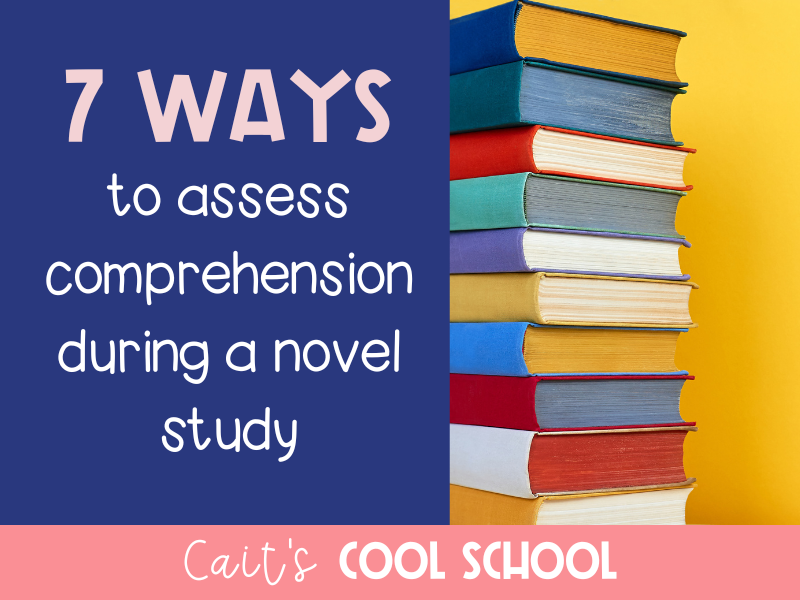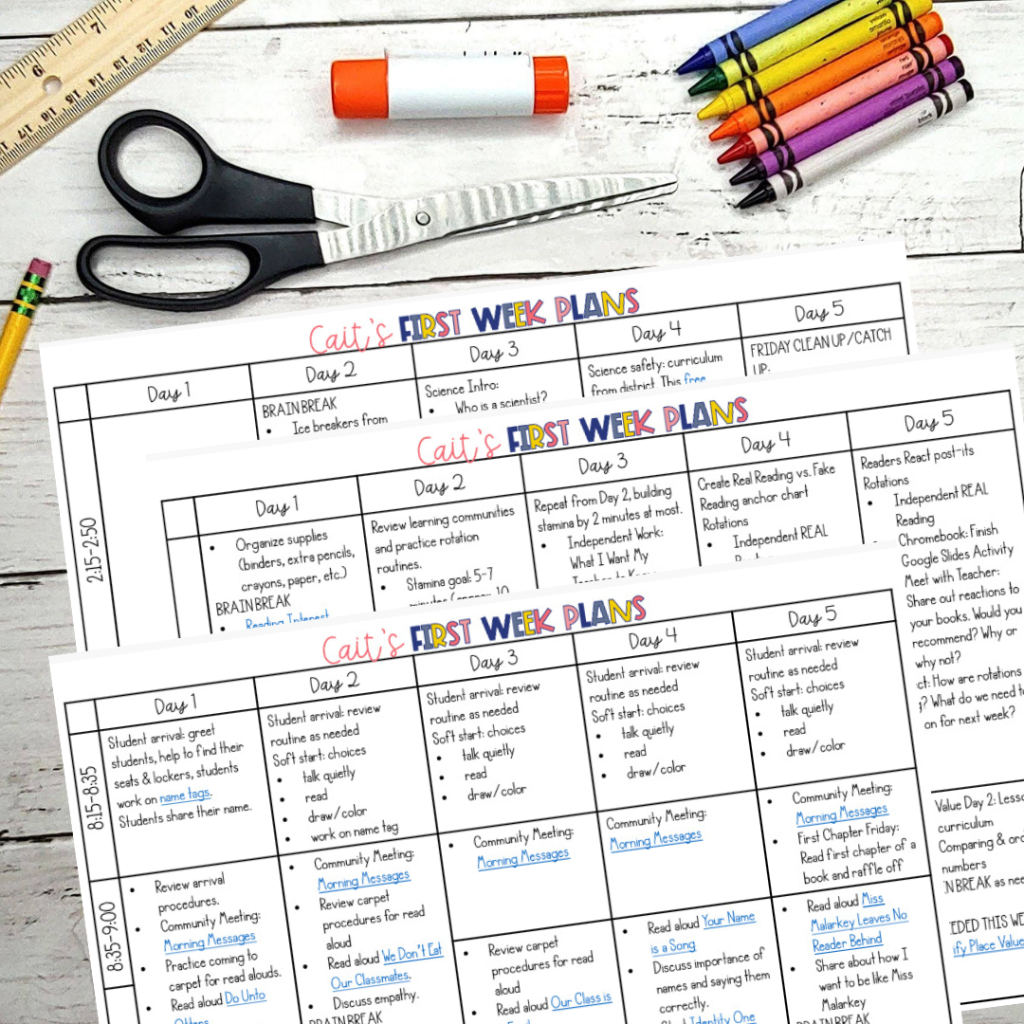
This post may contain some affiliate links, which means if you click on one of the links and make a purchase, I’ll receive a small commission. You will never incur a fee or charge for this.
Reading is my thing. Two things my students learn about me quickly- I love coffee and books. There’s a book for everything. There really is too. I’m not even making it up. That’s why I have ten lists on Amazon and NINE of them are different book lists.
When I first started teaching, I knew I needed to have an AWESOME classroom library. Anything to get books into the hands of my students. Building a classroom library is tough, because books cost money. {See this blog post for how to grow your library without breaking the bank.} Once I had enough books, the trick was to organize them and make my library work for me. Here’s what I’ve learned.
Make Your Classroom Library Work for You (and your students!)
- Book Bins: A few years ago, I invested in these Sterilite baskets, both small and medium sizes. As of today, I’ve had these baskets for 8 years and 4 classrooms (soon to be 5 classrooms!). They’re sturdy, and the different sizes allow me to flex how much space I need for different book sets. Each bin has a label, which keeps them organized.
- Genre/Author/Series Labels & Dots: Speaking of labels, each basket is labeled by genre, author, series, or topic (like Titanic). The topic ones usually get brought out when we start a specific unit. The dots go in the corner of each label and on the spine of each book. Each color matches a different genre, so it’s easy for students to reorganize the books and find what they need. When we talk about genre, I do tell them they’re labeled by their most obvious genre. For the books organized by author, series, or topic, they’re pulled out because students regularly look for the entire selection, like the I Survived series or books by Gordan Korman.
- Velcro Dots: These are crucial for swapping out labels on bins! I laminate my labels and then use the velcro dots at the front of the bins. This helps if you don’t have a ton of space for your bins and need to rotate books.
- Picture Book Display: I admit that I didn’t think I needed this for upper elementary. But I was wrong! I’ve used picture books for different lessons and activities for a few years, but only recently bought this display shelf. There are amazing picture books for upper elementary (which is why I made this whole list!), and you should display them! After we bought two of these for my own kids’ rooms, I knew this bookshelf was perfect because it withstood toddler torture.
- Bookshelf Buzz Board: Highlight new books, old books, good books, or student recommendations using a small chalkboard or whiteboard near your library. See this post for an example form I let students fill out. This was an important part of my organization because it helped students who didn’t know what to read.
Why do these five organization tools work? As much as I would love for students to have tons of time to browse my classroom library, that isn’t always the case. They need to be able to find something they like in a short period of time, especially when I’m departmentalized and I don’t have everyone all day. While I pride myself on having a good selection of books available, I know this is part of my classroom that needs to stay organized or the books won’t get the love they deserve.
What I Didn't Mention...
I didn’t mention a book sign out list or check in basket. If you’re more organized than I am, have a book sign out list/notebook/whatever works. I’ve had one before, but I rarely remembered to check it. I also set up a “return” basket and had my helping hands put the books in the correct bins for a period of time, but that system just wasn’t working for me.
I have a theory about books that walk off- maybe it’s because a child needs that book more than your classroom library does. Maybe they just love it so much, and that’s the book they’re going to keep reading over and over. Yes, it’s an optimistic viewpoint, but sometimes we need a little optimism.












 The first FIVE days of lesson plans for the beginning of the year.
The first FIVE days of lesson plans for the beginning of the year.